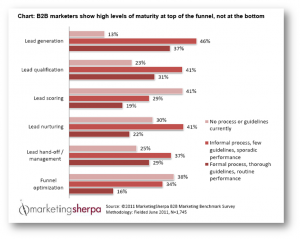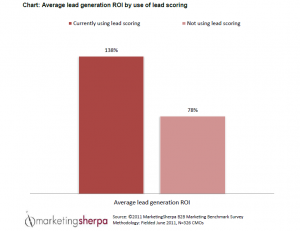Navigating the Four-Phase Social Media Process
Everyone has been playing social media ROI hide-and-seek for some time now. How does social media drive sales? Does the extent to which a firm engages or fails to engage in social marketing impact the bottom line at all? Or, as some have suggested, is the return on social efforts akin to the Loch Ness monster — we’re pretty sure it exists, but nobody seems to be able to track it down.
What if we’re looking at it from the wrong perspective?
What if social media is more of a process, a series of steps taken at every point in the sales process, which, in totality, makes it more likely to convert leads to clients but, in practice, is difficult or impossible to measure? Or, what if social media has to be done for a certain amount of time and at a certain level of devotion before those benefits manifest?
For instance, a recent study by Dr. Sounman Hong of Harvard University suggests that newspapers’ adoption of Twitter is positively associated with their number of online readers (readers = revenue, right?), and that the strength of the association increases the larger the social network is.
Common sense seems to suggest that social subscribers are added over time, and that a bigger subscriber list, in most cases, indicates a more mature social presence. In other words, we grow into our ROI by continuing to paint the fence and mature our social media efforts.
Another recent study, this one by James “Mick” Andzulis, Nikolaos G. Panagopoulos and Adam Rapp, goes so far as to break this social media evolution down into practical subdivisions. Now we begin to see a pattern emerge. Their take is that our social media efforts evolve though a series of four phases:












